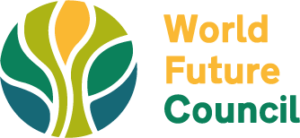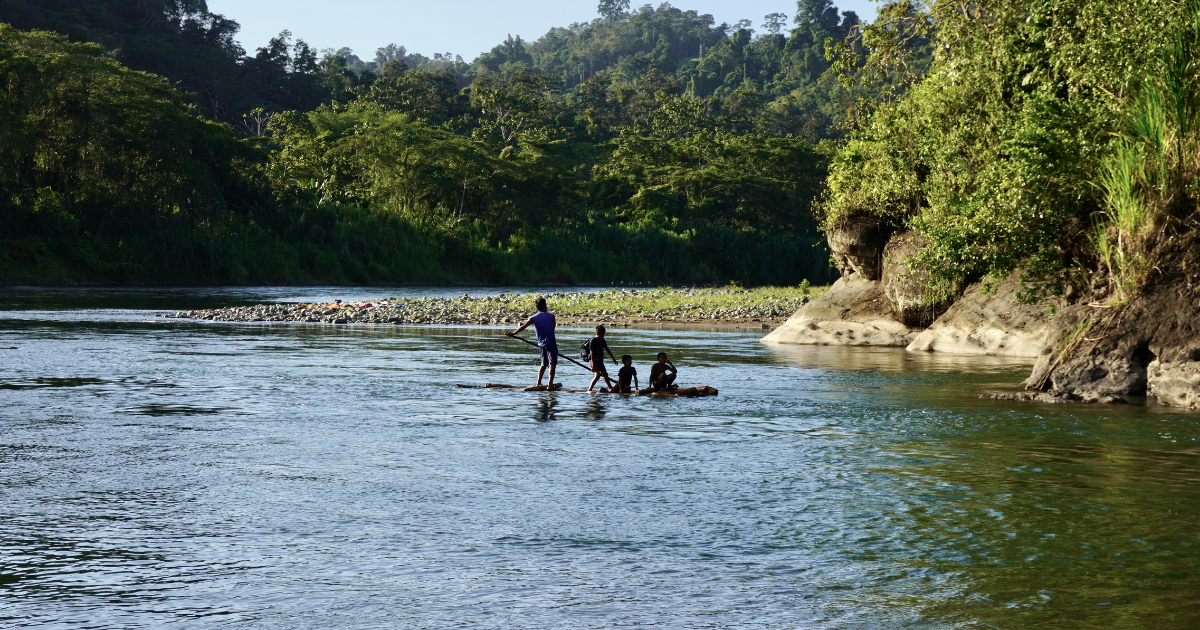Indigenous communities, climate change and natural capital
By: Lena Dente and Franziska Claus
According to Amnesty International, there are over 476 million indigenous people across 90 countries, speaking more than 4,000 languages and representing 5% of the global population, but 15% of the world´s poor. Indigenous people play a crucial role for the health of the Earth´s ecosystem and biodiversity – as they hold up to 80 % of the planet´s biodiversity.[1]
As COP28 closes, the representation of indigenous communities still has not reached full potential. However, efforts such as the Frontline Community Delegations work collaboratively to make the voices and concerns of indigenous groups heard at the climate negotiations. We´d like to take a brief look at some of the progress made to uphold indigenous rights.
Participatory government and resource extraction in Latin America
In August 2023 the population of Ecuador voted in favour to stop extracting resources in the Yasuni National Park – one of the most biodiverse regions in the world.[2]
Showing exceptional environmental stewardship, Ecuador gives their population the opportunities to vote on resource extraction decisions, such as oil drilling and gold mining. This outcome is a huge win for indigenous communities like the Waorani, who have been defending their land against extractive industries for decades.
In the past, indigenous lands were often sold at international oil auctions without consulting indigenous peoples. This process did not make information about environmental degradation or negative climate impacts public, nor clear to the communities affected. Citing Convention 169, or the Indigenous and Tribal Peoples Convention from 1989, members of the Cofan and Waorani communities took the government to court in 2018 and 2019 respectively – and won.2
The case argued that language barriers were not considered to restrict severely the ability of indigenous community members to understand the full implications of their lands being sold. In other instances, the government failed to notify indigenous people about mining activities on their land at all.[3]
Awareness as to the unjust treatment of these communities increases through lawsuits such as this.
Buen vivir – embedding nature into constitutional rights
In Ecuador indigenous communities have a strong influence on the government, as is also the case in Bolivia. In both countries a substantial part of the population belongs to indigenous groups—55 % in Bolivia and 35 % in Ecuador. “Buen vivir” (good life), a concept rooted in indigenous traditions is the aim of and is deeply embedded in Ecuador’s constitution. Contrary to “western” constitutions “Buen Vivir” rejects the desire for relentless growth but focuses on the idea of balance and living in harmony with nature to ensure a good life.[4]
This paradigm has become a guiding principle in shaping political endeavours and policy implementations in Ecuador. 5
“The Buen Vivir requires that individuals, communities, peoples and nations are truly in possession of their rights and exercise their responsibilities in the context of interculturality, respect for their diversity and harmonious coexistence with nature.” – article 275.4
Indigenous people play a crucial role for our ecosystem and the Earths biodiversity – holding up to 80 % of the planet´s biodiversity by only making up 5 % of the Earth’s population but 15 % of the world poor.1
Protective measures that are part of indigenous tradition, such as forest and soil management practices, shaped expansive regions of the Amazon that act as carbon sinks. Additionally, locally adapted sustainable food systems tailored to local conditions actively contributed to biodiversity preservation.
The difference between western resource management and indigenous resource management can be traced back to different world views regarding humanity´s role within our world. Indigenous communities often operate on a distinct paradigm that acknowledges and includes the important role of nature not only in everyday life, but in life in general.
Indigenous cultures perceive the land as sacred, interconnected, and interdependent, recognizing the intrinsic relationship between people, objects, and the environment. This worldview makes resource exploitation impossible. Instead of placing humans at the center, indigenous perspectives consider humanity as an important element in the holistic interconnected system with the environment.
Including indigenous rights in climate action
In 2023, an investigation by Christina Kennedy and Brandie Fariss et al. demonstrated that 60 % of indigenous land (which is equal to almost 7 times the size of India) is threatened by industrial development. Indigenous territories are vulnerable to the expansion fossil fuel and mineral extraction purposes, commercial agriculture as well as the expansion of renewables6. In 2022 the IPCC identified “historical and ongoing patterns of inequity such as colonialism” as a factor in vulnerability to climate change7.
However, an inspiring trend is emerging: Over the past decade, representatives of indigenous communities have rallied collectively, advocating for inclusion in intergovernmental climate change negotiations and pressing for decision-making authority within the United Nations.8
As COP28 has now ended, but the need for urgent climate action continues, we support the inclusion of indigenous communities at the proverbial tables as they fight for their land, for the recognition of their rights, and for a greater respect for the way they think of nature and ecosystems. It is crucial within the fight against biodiversity loss and climate change. Indigenous knowledge can teach us a great deal about environmental sustainability and can play a pivotal role in shaping the direction of environmental policy in the coming years.
Sources
1 Fleck, A. (2022, 07 19). Indigenous Communities Protect 80% Of All Biodiversity. Retrieved from statista: https://www.statista.com/chart/27805/indigenous-communities-protect-biodiversity/
[1] Collyns, D. (2023, 08 21). Ecuadorians vote to halt oil drilling in biodiverse Amazonian national park. Retrieved from The Guardian: https://www.theguardian.com/world/2023/aug/21/ecuador-votes-to-halt-oil-drilling-in-amazonian-biodiversity-hotspot
3 Brown, K. (2021, 11 04). Ecuador’s consultation process for Indigenous lands comes under the microscope. Retrieved from News Mongabay: https://news.mongabay.com/2021/11/ecuadors-consultation-process-for-indigenous-lands-comes-under-the-microscope/
[1] Fatheuer, T. (2011). Buen Vivir – Eine kurze Einführung in in Lateinamerikas neue Konzepte zum guten Leben und zu den Rechten der Natur. Berlin: Heinricht-Böll- Stiftung.
5 Müller, L. (04. Juli 2020). Buen Vivir: Das Konzept des Zusammenlebens aus Südamerika . Von Utopia.de: https://utopia.de/ratgeber/buen-vivir-das-konzept-des-zusammenlebens-aus-suedamerika/ abgerufen
6 Kennedy, C. M., & al, B. F. (2023). Indigenous Peoples’ lands are threatened by industrial development; conversion risk assessment reveals need to support Indigenous stewardship. One Earth, 1032-1049.
7 Deivanayagam, T. A., English, S., Hickel, J., Bonifacio, J., Guinto, R. R., & Hill, K. X. (2023). Envisioning environmental equity: climate change, health, and racial justice. The Lancet, 64-78.
8 Etchart, L. (2017). The role of indigenous peoples in combating climate change . Humanities and Social Sciences Communications.



